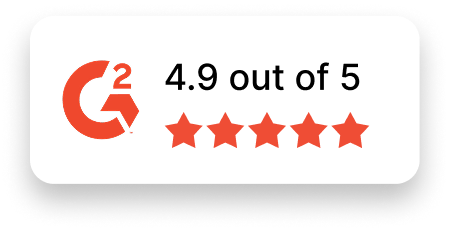Warehouse Automation Engineer Job Description Template
Use this template to craft job descriptions for hiring Warehouse Automation Engineers at various levels. Customize it to fit the unique needs of your organization.
Job Title: Warehouse Automation Engineer
Location: [Specify Location or Remote]
Job Type: [Full-time/Contract/Remote]
About the Role
We are looking for a talented Warehouse Automation Engineer to design, implement, and maintain systems that drive automation and efficiency in warehouse operations. You will play a key role in streamlining processes through innovative automation technologies, collaborating with cross-functional teams, and ensuring the smooth integration of robotic and software solutions. This is a great opportunity to make a tangible impact in a high-growth and technology-driven sector.
If you thrive in designing intelligent systems and solving complex operational challenges, we’d love to hear from you.
Responsibilities
- Design and develop warehouse automation systems, such as automated storage and retrieval systems (AS/RS), conveyors, and robotics.
- Program, test, and calibrate automation technologies to enhance efficiency and reduce manual intervention.
- Collaborate with warehouse managers and operations teams to identify automation opportunities and improve workflows.
- Oversee the implementation and integration of automation solutions into existing warehouse systems and processes.
- Monitor the performance of automated systems and troubleshoot issues to ensure optimal functionality.
- Manage maintenance schedules and ensure the consistent reliability of automation hardware and software.
- Stay up to date with advancements in warehouse technology and recommend improvements or upgrades as needed.
- Document system designs, testing procedures, and maintenance protocols to support ongoing operations.
Required Skills & Experience
- Bachelor’s degree in Mechanical Engineering, Electrical Engineering, Robotics, or a related field (advanced degrees are a plus).
- Experience in designing and implementing warehouse automation or industrial automation systems.
- Proficiency in CAD software and programming languages such as Python, Java, or C++.
- Familiarity with automation technologies, PLCs (programmable logic controllers), and warehouse management systems (WMS).
- Strong understanding of robotic systems, sensors, and control systems used in automated environments.
- Analytical problem-solving skills, with the ability to debug and optimize complex systems.
- Excellent communication and interpersonal skills to effectively collaborate with cross-functional teams.
Why Join Us?
- Innovative Challenges: Work on groundbreaking automation technologies that redefine warehouse operations.
- Career Growth: Gain opportunities for professional development and skill enhancement in a fast-evolving industry.
- Flexible Work Options: Enjoy work-life balance with remote, hybrid, or on-site arrangements.
- Collaborative Team Environment: Join a supportive and innovative team dedicated to driving efficiency and excellence.
- Inclusive Workplace: Be part of a company that values diversity and promotes a culture of equity and inclusivity for all team members.
Apply Now
Are you ready to revolutionize warehouse operations with cutting-edge automation solutions? Join [Your Company Name] as a Warehouse Automation Engineer, and make an impact in shaping the future of logistics and supply chain management. Apply today to be part of a forward-thinking and dynamic team!

